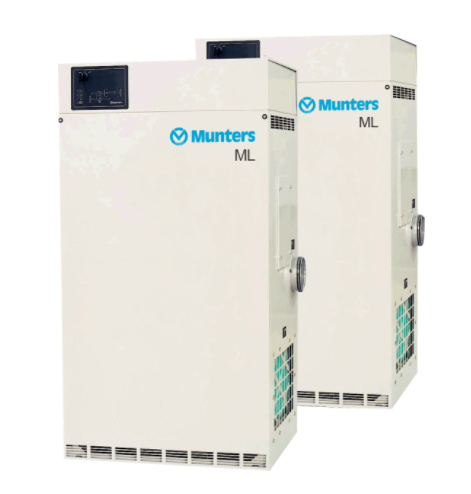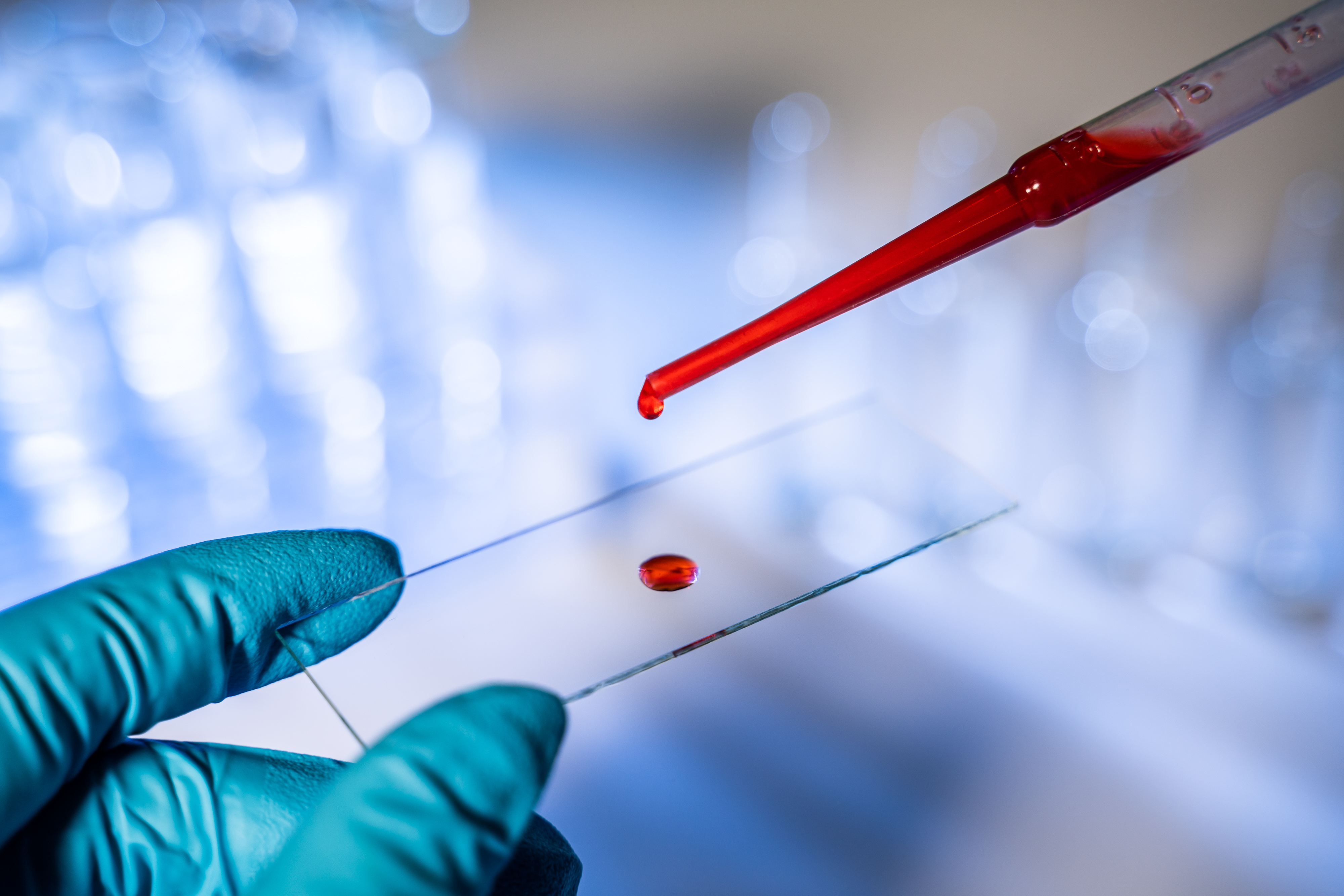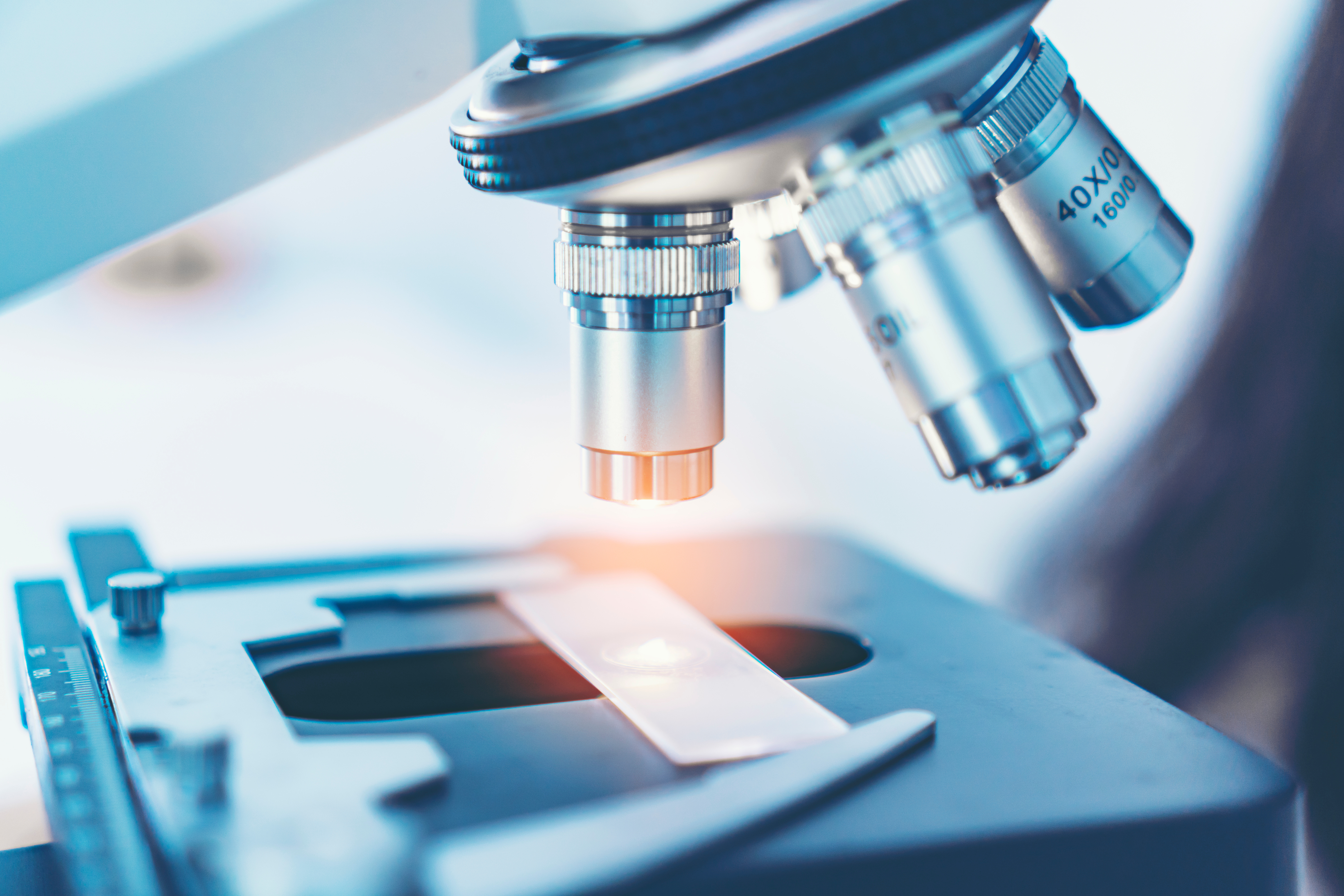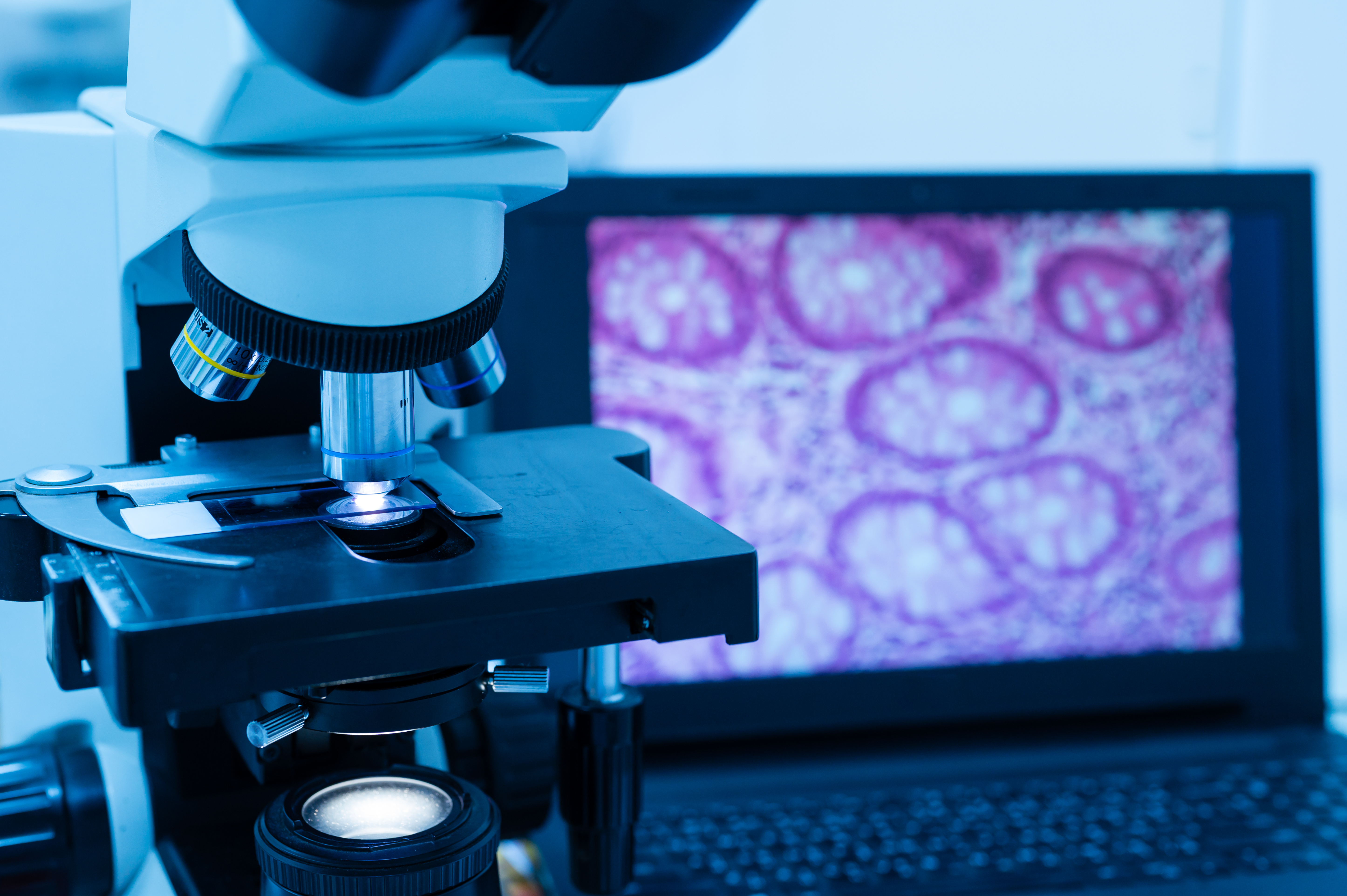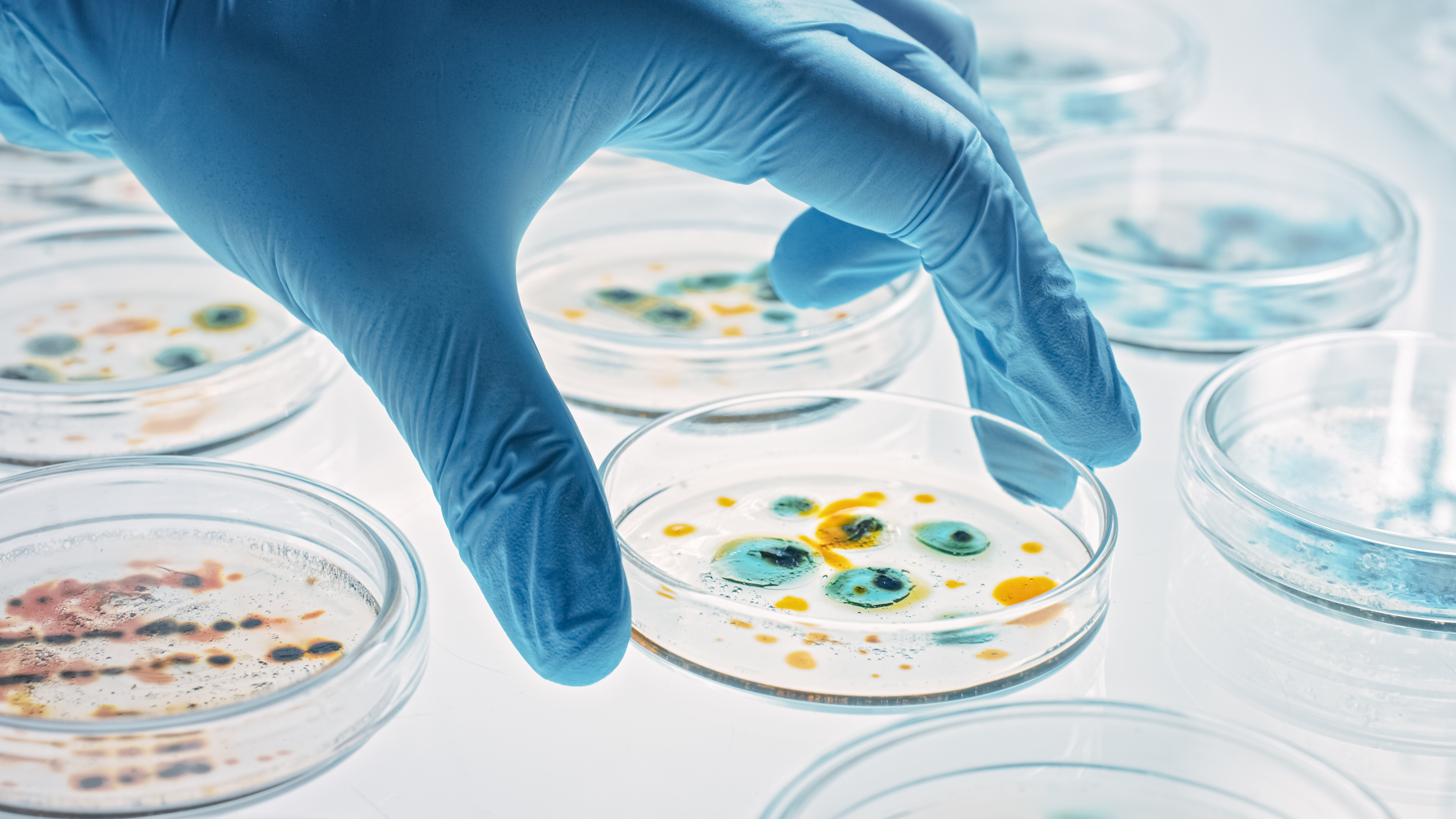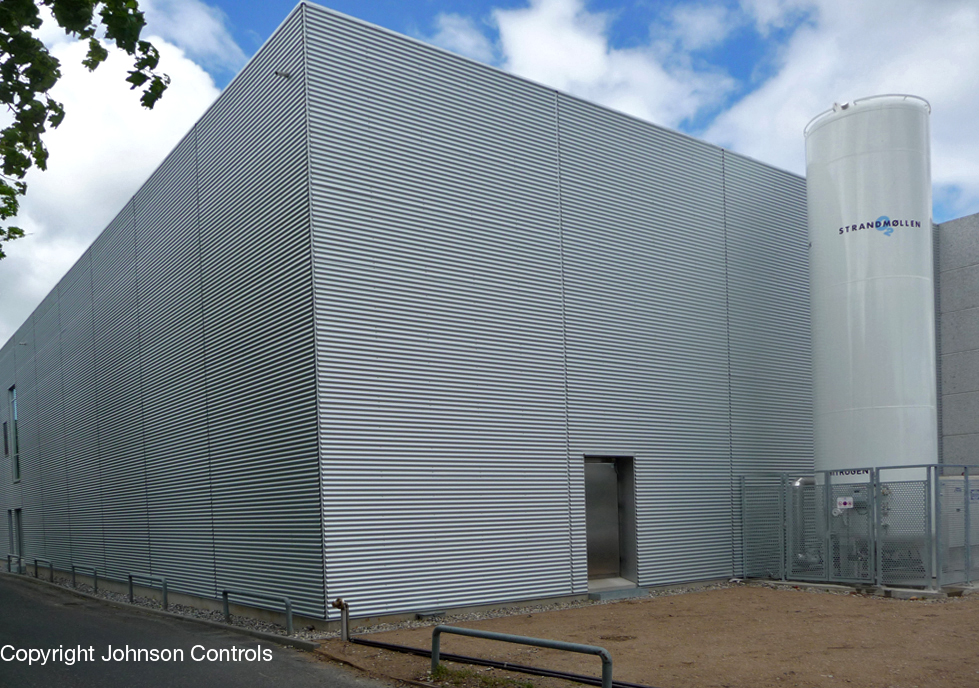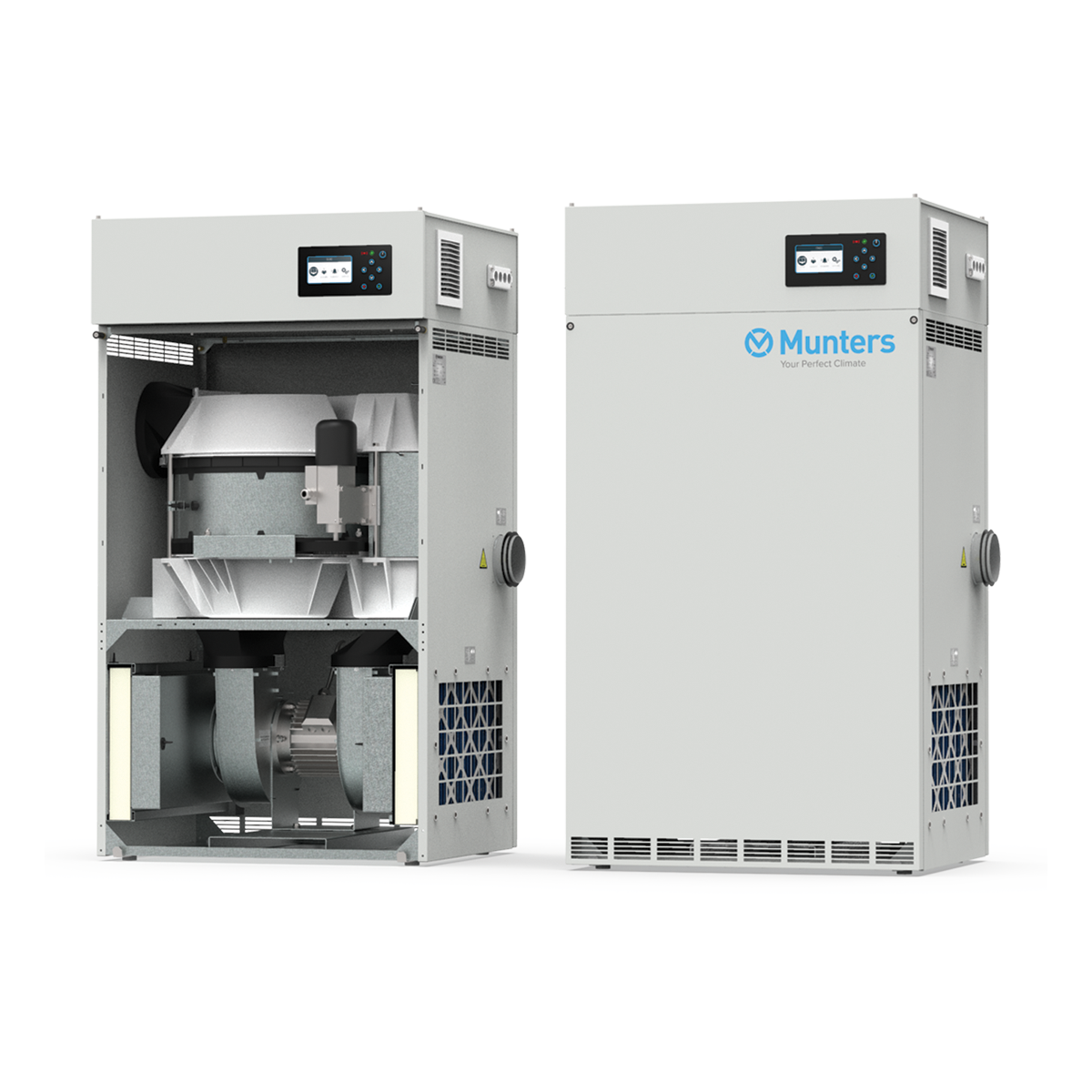The new 350m<sup>2</sup> storage at Denmark´s Odense University Hospital is the first -80°C cold storage to store blood and tissue samples in Europe. Munters IceDry™ desiccant dehumidification ensures optimal refrigeration system operation, decreased defrosting, and safe working conditions for employees. Odense University Hospital (OUH) has recently inaugurated an “ultra-low temperature cold storage“ for long term blood and tissue sample storage. The cold storage is designed to keep a constant -80°C and Johnson Controls Refrigeration has been responsible for the overall delivery.
Quick facts
- Improved energy efficiency on refrigeration system
- Prevention of ice build-up on coils
- Reduced need of defrosting
- Improved staff and equipment safety
- Improved climate for staff
Central tissue sample storage
Tissue samples, cell samples, blood tests, etc., mainly stored for scientific research purposes, have been stored in more than 100 chest freezers scattered across hospitals throughout South Denmark. All frozen samples from the region are now brought together in the central cold storage at OUH, which attracts a lot of attention from hospitals in both Denmark and abroad. After the establishment of the cold storage, chest freezers will only be available for initial freezing of new samples and for the storage of the samples currently handled. By centralizing long-term sample storage, most chest freezers are eliminated. The local chest freezers have consumed a great deal of energy. Energy-intensive ventilation to remove heat from the freezers became necessary. Using the new cold storage instead, the calculated energy savings amounts to approximately 260,000 Euros a year. In addition, future investments in new chest freezers can be eliminated. Technical challenges The 110°C temperature difference between the cold storages´ -80°C and the outdoor summer temperatures up to +30°C, led to many technical considerations and challenges. All panels forming floor, walls and ceilings in the cold storage are made from steel panels in a length that will not bend and that reacts identically when the room is cooled. To avoid permafrost, the heat generated by the cooling system is supplying the buildings floor heating system. As the content of the room is irreplaceable, there is considerable focus on ensuring a constant temperature of -80°C. For that reason, both an emergency refrigeration system as well as an emergency generator and battery backup have been installed should they lose power. Cold air meets warmer air and condensation problems arise Besides temperature difference problems, the difference in water content in the cooler and warmer air would also cause problems. When the door to the cold storage is opened, the -80°C cold air comes pouring out from the room and meets the -5°C cold air from the 50m2 anteroom. As the warmer air in the anteroom contains more water, this water will condensate when the airstreams mix, and condensation at these temperatures means snow, ice, frost and foggy air. Furthermore, floors will become slippery and become dangerous for people entering the room. To minimize these problems Johnson Controls decided to install an energy efficient Munters ML1100 desiccant dehumidifier in the ante room. The dehumidifier ensures that air in the anteroom is kept as dry as possible (desired dew point -30°C) and thus drastically reducing the formation of ice and frost. As the Munters dehumidifier removes a significant amount of moisture, evaporators don´t need to be defrosted as often, which means better energy efficiency. Moreover, the dehumidifier prevents icy and dangerous floors, improves visibility, and employees will appreciate that the cold air feels doesn´t feel as cold as air that´s both cold and humid. OUH has put themselves on the world map with this advanced, energy-efficient and reliable solution that is likely to lead the way for other hospitals around the world. Munters technology Munters invented and uses the desiccant drying technology, absorbing moisture from the air on a molecular level, using high-performance Silica Gel in our patented - Rotor Technology. Because Munters’ dehumidification principle works with a desiccant rotor (wheel) instead of a cooling coil like in refrigerant dehumidifiers, efficient dehumidification is possible even at extremely low temperature. Munters even offers dehumidifiers that can operate directly in environments with temperatures below 0°C. The awarded IceDryTM series was developed specifically for this purpose. Munters’ dehumidifiers are also free from problematic refrigerants and compressors, granting you an energy-efficient and more environmentally-friendly solution. Worldwide success over many decades For more than 60 years, Munters has been a global leader, with energy-efficient air-treatment solutions, offering both dehumidification, humidification and a variety of cooling systems. More than 300,000 desiccant rotor installations speaks for itself. Munters’ air treatment solutions are securing optimal climate conditions among the world’s leading manufacturers of food and pharmaceutical products. We are never far away With a global organization serving customers around the world from more than 30 branch offices and an extensive number of distributors. Learn more about Munters IceDry or contact your closest Munters office.
Quick facts
- Improved energy efficiency on refrigeration system
- Prevention of ice build-up on coils
- Reduced need of defrosting
- Improved staff and equipment safety
- Improved climate for staff
